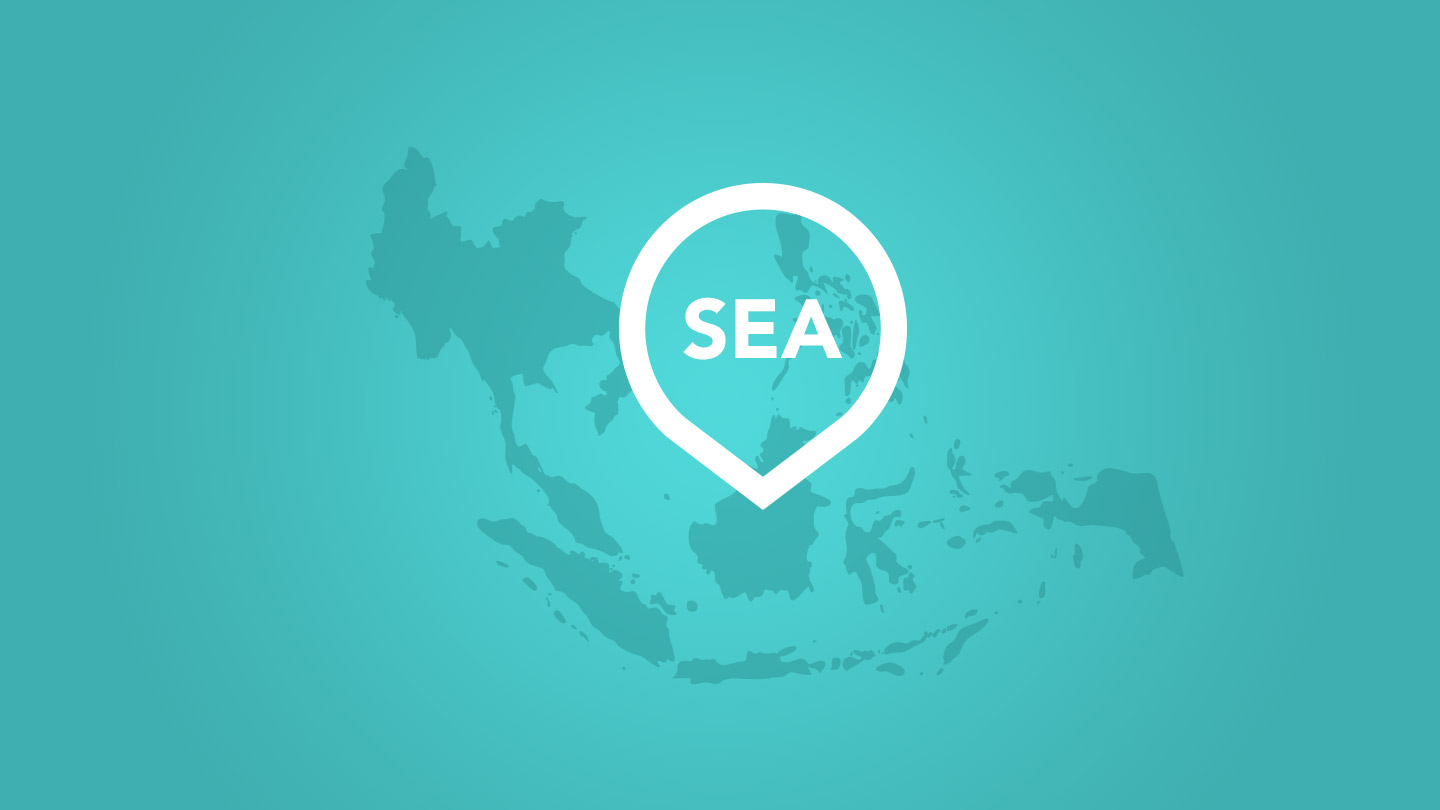Gaming, Industry News & Events
The SE Asian mobile games market…what every game dev looking to localize there should know (Part 2)
Feb 17, 2017

Gaming, Industry News & Events

This is a guest post by Josh Burns, a consultant with extensive experience helping leading mobile gaming companies expand their reach into Asian markets. The post is part our ongoing coverage of international markets.
The mobile games market in Southeast Asia (SEA) is booming, and as I pointed out in my last post on the region, just about every mobile game developer should seriously consider localizing there for two reasons: 1) it takes relatively little effort to do so; and 2) the opportunity is enormous (Newzoo indicates that mobile games revenues are growing with a CAGR of +45.3%, 3x more than the global rate, and that revenues will be nearly $4 billion by 2019).
My previous post covered a few basic things mobile game developers should be aware of in the mobile market in SEA, namely variations among countries in terms of language, infrastructure, and payment models.
Here are a few additional things mobile game developers looking to localize there should be aware of:
Android is king in terms of the number of users, but iOS users spend more.
SE Asia is very much an Android market because Android devices are so much cheaper. Devs should be aware that many Android devices in use are lower-end and aren’t used much in the West, and their games may not run well on them. That said, there are still pockets of iOS users in the region, such as in Singapore, and monetization is quite strong among them (note that across devices average spend is $226, according to Newzoo). And, while overall across SEA the split is about 60% Android users and 40% iOS users, according to Andy Pichayapa, business development director for Ini3 Digital PLC (a leading mobile game publisher), the revenue split is more like 50-50. Gabby Dizon, CEO of Altitude Games, has found that in SEA 90% of installs come from Android devices, but higher ARPU and ad CPM come from iOS. “This trend will only continue in the future as SEA is still a growth market for Android, especially in the lower-end device category,” he said.
Small markets are growing fast.
The smaller markets in terms of current revenue are the ones that are growing the fastest: Vietnam, Thailand (which Andy says has the largest market and is the most open to foreign investment), and the Philippines. Growth in these countries is driven by dramatic increases in smartphone penetration and better payment support.

Josh Burns
Drilling down quickly into a few countries specifically, it’s worth noting that Vietnam has an enormous number of gamers — around 20 million — but is restricted by government regulations and has very strong local developers and publishers. Users there spend an average of 5 hours per day on their smartphones and gamers are so committed (often to racing games and RPGs) that they play an average of 2.5 sessions per day for a total of 3 hours. The Vietnamese also have a taste for elegant design and UI, and they rely on OnClan, a social mobile gaming platform, which is sort of like a Facebook for gamers.
In Thailand, game revenues are expected to be $485 million in 2018. There’s been lots of government spending on the expansion of 4G networks, and smartphone penetration is at about 50%. Users spend an average of 5.7 hours a day on their smartphones, and Newzoo has indicated that there are 17 million mobile gamers there.
Then there’s Indonesia, which might be thought of as the sleeping giant of the bunch. Indonesia has a population of 258 million people — that’s 2.5x times more than the second most populous country in SEA, the Philippines — and it’s a young population with a huge love for Western games including Assassin’s Creed and Clash of Clans; strategy games are huge. There are 30 million mobile gamers there, so I think there’s a significant opportunity for localization. Plus it reportedly has the highest 30-day retention rate on Android of any country in SEA according to Newzoo.
As noted above, English-language mobile games have an advantage in the Philippines. In terms of smartphone penetration, the Philippines is the fastest-growing country in the region.
Local promotion opportunities can yield significant revenue growth.
If you decide to localize in SEA, do some digging to find out what particulars delight people in each country. For example, Gabby told me that in Thailand, it’s not just that there’s a strong game culture and players that are willing to pay. “People there love cosmetic content such as skins and stickers,” he said, adding that the Thai New Year Songkran is important to leverage with in-game events and special holiday content. So I advise doing some digging to find out the local tastes in terms of popular features and making a calendar for each country you localize in that includes all of the local holidays.
If you are into eSports, look to SEA now.
As the recent report from Newzoo points out, SEA has the fastest growing eSports viewership in the world. By 2019, there are expected to be nearly 20 million eSports enthusiasts in the region, doubling from the current figure (9.5 million). Add in estimates for casual eSports viewers and the 2019 figure doubles by some estimates to 40 million. SEA has its own eSports celebrities and the Philippines in particular is known as a hub for the genre with 1.4 million eSports enthusiasts and 1.8 million occasional viewers. In Malaysia, an eSports game called Crisis Action FPS-eSports is currently #3 in Top Grossing on Android.
SEA’s individual mobile markets might each be fairly small, but collectively it’s a large market, ripe with opportunity. Given that localizing in each country can take relatively little effort (particularly in the countries where you can get away with retaining English), if you’re a developer, it can be well worth establishing a foothold there.